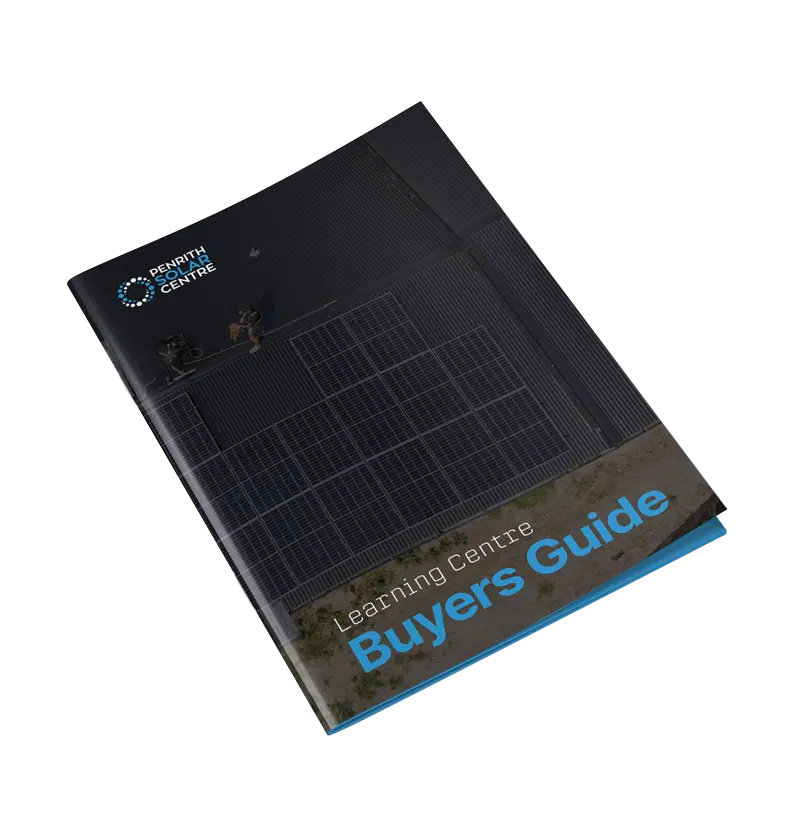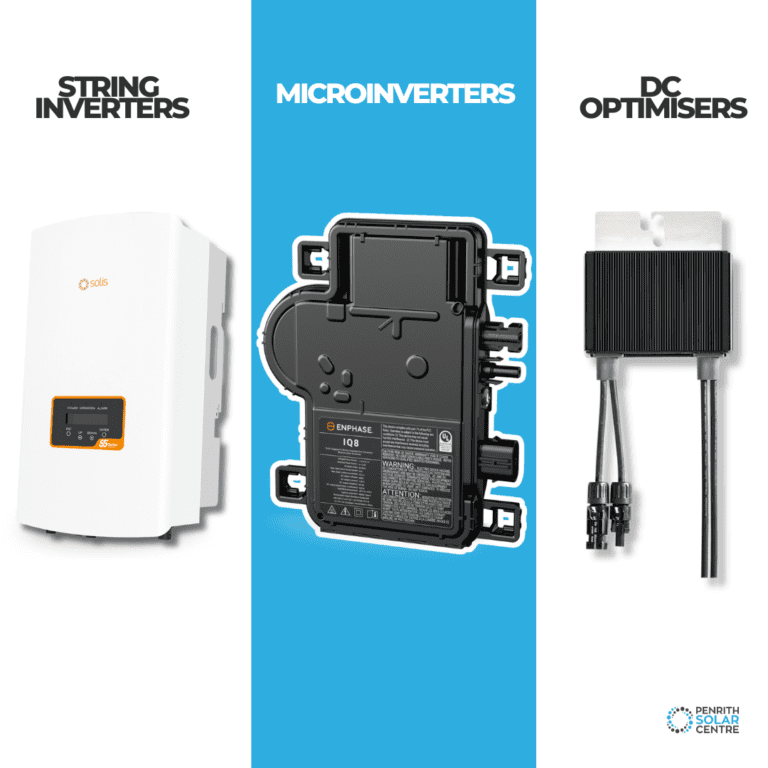Folks get interested in solar for various reasons. Reducing our carbon footprint is a huge priority for investing in solar, but saving money is nipping at its heels. There are so many different considerations when pricing a solar system, but the biggest one is a very simple question: what does it cost?
Unfortunately, the answer to that question is a little complicated: it depends.
The solar industry is growing in leaps and bounds and evolving very quickly. Among the innovations are microinverter systems. Even though they’ve been around for a bit, they’re really getting traction in Australia. Potential adopters are left wondering about the cost.
At Penrith Solar Centre, we want you to comprehensively understand this technology, why you might want to consider it, and how much it costs. In that spirit, it’s important for you to know that we install microinverter solar systems. We are biased on their efficiency and potential savings for customers. And we’re going to discuss them in an honest and truthful way.
A lot of customers ask us why the cost fluctuates. We want you to be an informed shopper, even if you get your solar needs met somewhere else. In this article, you’ll learn about the following:
- What is a Microinverter System?
- What Does a Microinverter System at Penrith Solar Centre Cost?
- What Factors Determine the Cost of a Microinverter System?
- What is Your Return on Investment?
If you’re looking for transparent and actionable information, you’re in the right place. So, pull up a chair, pour yourself a cup of coffee, and join us as we guide you through the costs of microinverter systems.
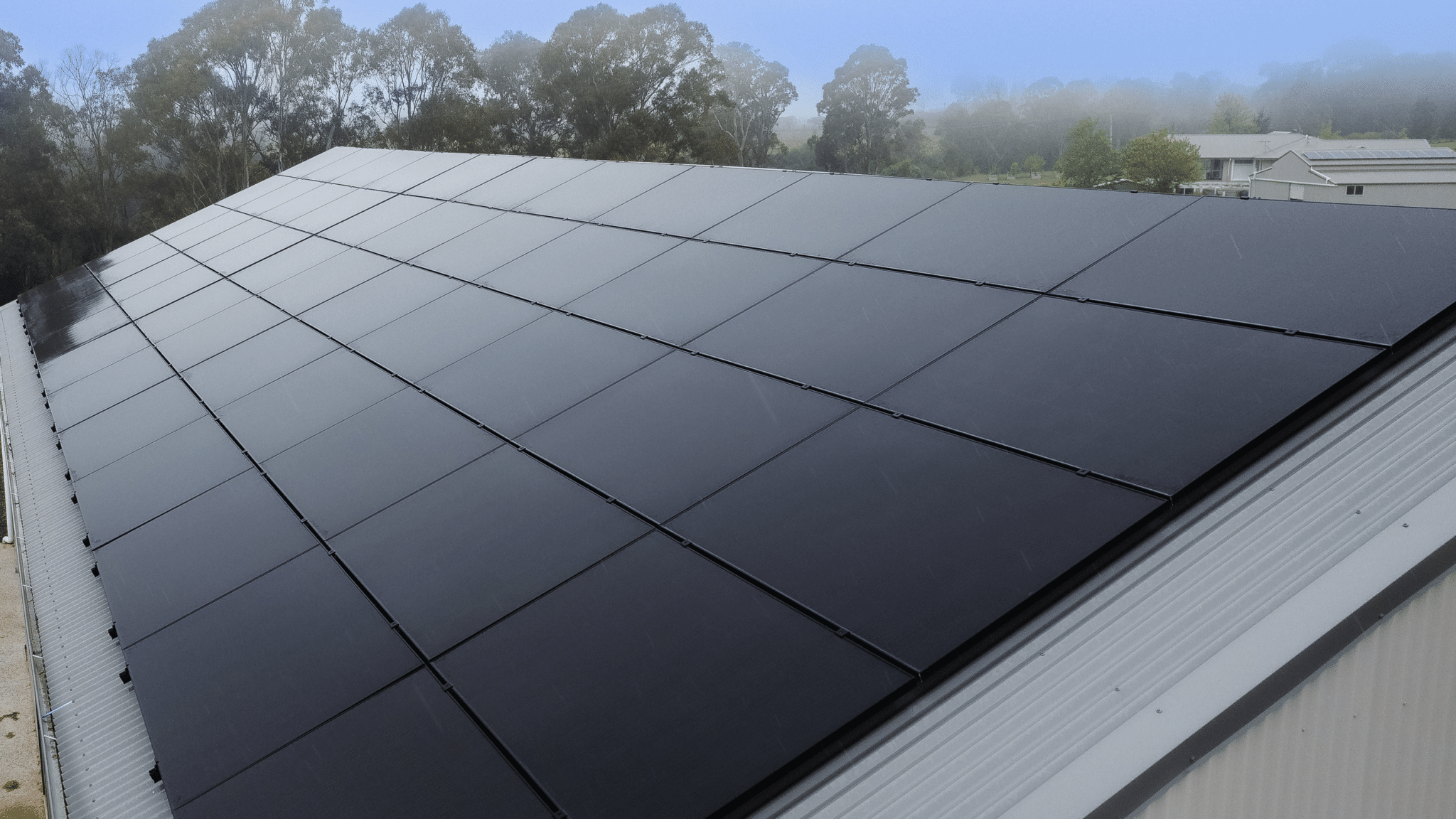
What is a Microinverter System?
Before we discuss the costs, it’s essential to understand what defines a microinverter system.
Every solar system has an inverter that converts the DC (direct current) power to AC (alternating current) power. The inverter does this because the sunlight the solar panels harvest is output as DC power, but your home appliances, lighting, and everything else runs on AC power.
A microinverter is just what is sounds like: an inverter, but micro. It’s a smaller piece of technology, an inverter, that is mounted on the underside of each solar panel. Every solar panel has its own microinverter. This is different from a string inverter system where the inverter is usually mounted on the side of the house where it converts DC power to AC power.
The design of microinverter systems optimise energy production by enabling each panel to operate independently. It’s a decentralised system; if one microinverter/panel combination fails, the other panel/microinverters continue harvesting sunshine and converting it to AC power – something that a string inverter system cannot do.
For more information on how a microinverter compares to string inverters, please read the following article: Microinverters vs. String Inverters: An Honest Comparison. It’s a good one.
What Does a Microinverter System at Penrith Solar Centre Cost?
These prices are approximations. We’re not trying to be cute about our pricing, we are not being elusive. When it comes to pricing solar systems, there are varied prices because every installation is unique, and every customer’s needs are unique.
Larger systems are more cost-effective for you because our installation fee is included in the price. It’s priced this way because we’re an in-house installer who charges a flat day rate. However, a large or complicated installation usually requires more days. This will increase the installation price because of the additional day(s).
The pricing approximation will also include the STC (Small-scale Technology Certificate) rebate. If you’re interested in learning a bit more about the solar rebate and what an STC is, you might want to check out this article titled, How Does the Solar Rebate Work?
Solar sales companies that hire subcontractors for installations generally charge by the panel. And while you might save some money going with them for a smaller solar system (and you will because their installation costs at that level are much lower than ours), you will save money on larger solar systems by hiring us.
If you want more information on the differences between in-house installers and subcontractors, you can read this article about that very topic titled, In-house Installers vs. Subcontractors: Which is Better?
Ready to go solar? Click here.
What Factors Determine the Cost of a Microinverter System?
When pricing a microinverter system, you want to look at the cost per watt.
Watt do you want me to do? Watt are you saying?
Sorry, that’s a little in-joke that folks in the solar industry like to throw around.
What’s a watt? A watt (abbreviated as W) is a small unit of measurement that’s used to quantify the rate of energy and power in electrical devices.
Watts provide us with insight into the potency and energy appetite of devices. Essentially, the higher the wattage, the swifter the device consumes or generates energy. Think of it as the speedometer for electricity, helping us gauge how power-hungry or powerful an electrical device is.
Generally, costs for string inverter systems are calculated at about a dollar per watt. If the system is small, they are a cheaper up-front cost than microinverters.


Pricing a solar system is a tricky business because it’s decreasing the cost of your electricity bills.
How do you do the calculations for that?
It depends.
Several factors play a role in determining the overall cost of a microinverter solar system. These include:
- The cost of the microinverter.
- System size.
- Components
- Roof shape.
- Installation cost.
- Monitoring system cost.
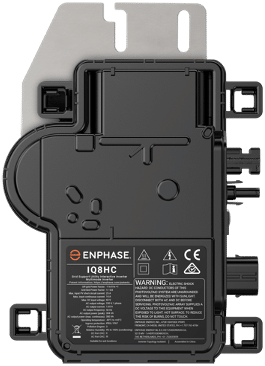
What Does the Individual Microinverter Cost?
The short answer is around $150 – 180 each.
World-wide, there are at least 20 different brands of microinverters, but the only one in Australia is from Enphase Energy. It’s a high-quality microinverter.
How Does Solar System Size Influence the Cost of the Microinverter System?
The size of your solar system, often measured in the amount kilowatts (kW) it produces, directly impacts the overall cost of the system. Larger systems with more panels will naturally require more microinverters because there will be more panels under which they are mounted. More components mean the cost will be larger, there’s just more technology on your roof.
There are four key parts to a solar panel system.
Microinverter or Inverter: The microinverter or inverter (depending on the solar system) converts DC power into AC power.
Panels: Their job is to harvest that sweet, sweet sunshine. Solar panels can range from about $100 – 120 per panel all the way through to about $350 – 400 per panel.
At Penrith Solar Centre, we look for a good, strong, midrange panel. Something durable and backed by a 25-year warranty (at minimum). We don’t see the extra value in the more expensive brands when their warranties are the same and they have similar power output.
One of the most important factors to consider when choosing panels is the warranty. Investigate whether the warranty is backed by a company that will stand behind its products. Research the company and read reviews.
Another factor to explore is how accessible they are to you; do they have an office in Australia and what is their claims process for warranties? The warranty process is something to remember when you’re pricing any technologies for your solar system.
Mounting System: This is the metal framework that holds your panels to the roof. We use Schletter mounting systems, which can be used on a variety of roof types; tile, tin, and everything in between.
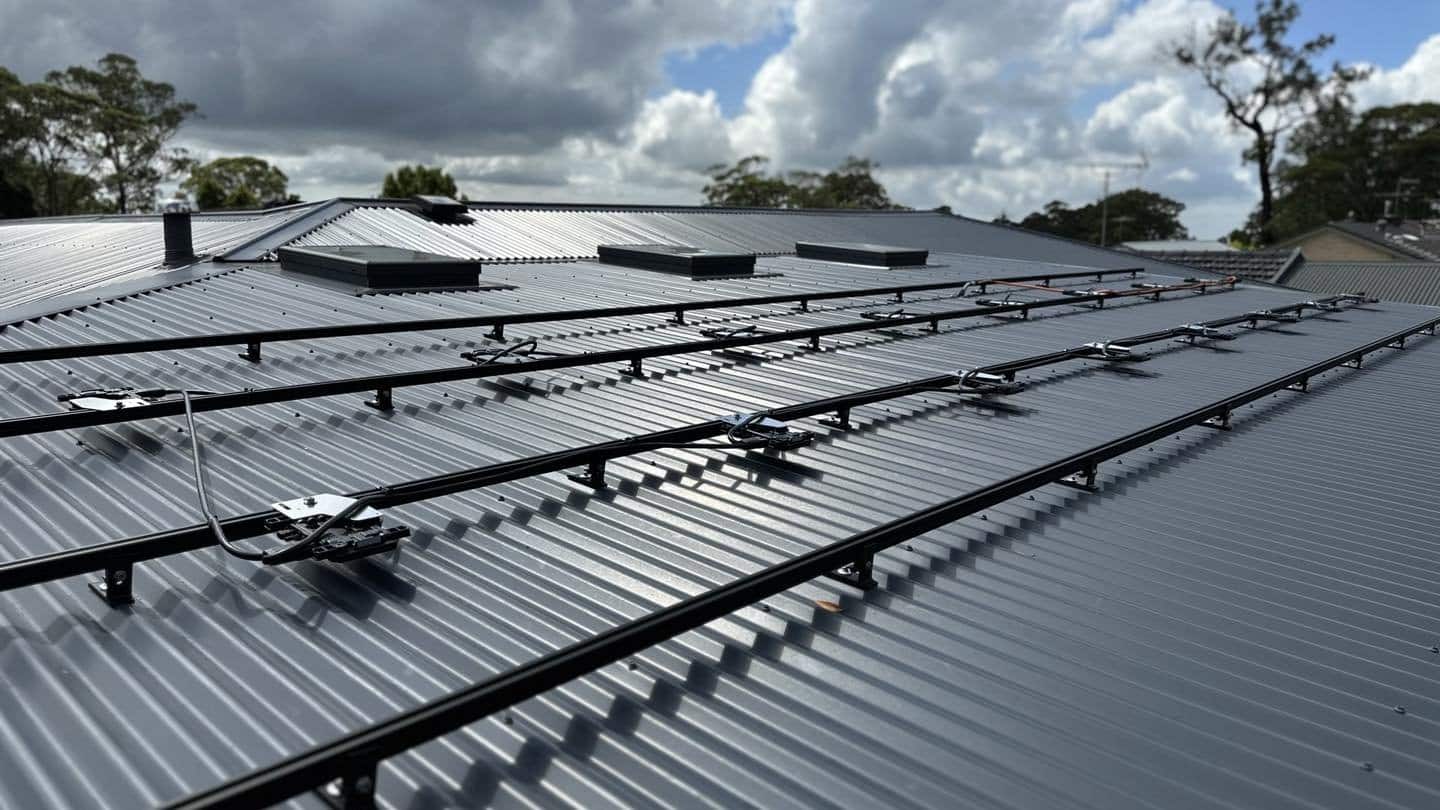
Battery Storage: Solar system batteries store energy for use later, just like the smaller ones you might find in your household devices. This is an optional feature, but one you should consider when looking at the cost of a solar system. The only way to completely eliminate your energy bills is with a solar battery.
For a little more information on solar batteries, you can read up on them in this article titled, 7 Benefits of Adding a Battery to Your Solar System
Roof Shape
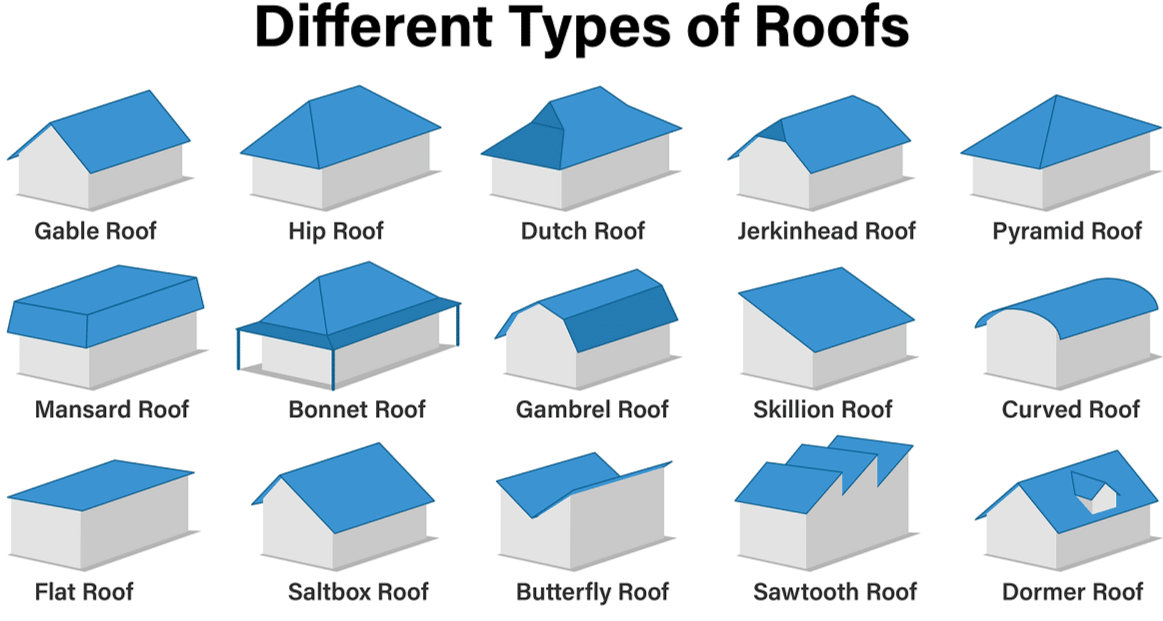
One of the biggest factors in determining a solar panel system is how many roof faces the system will be spread across. The more roof faces, the more labour and the more materials involved.
When we say “roof faces,” we’re discussing the aspects of the roof. What direction does each face of the roof, um… face? Is it to the north, south, east, or west? What is the tilt or orientation? This can affect the cost of labour for the installation.
The design and shape of your roof can affect the complexity of the installation process. If your roof has unique features, such as angles or obstructions, it may require additional labour and materials for proper microinverter placement, potentially increasing the overall cost.
For more information on roof faces and how they affect your installation, you can read the following article titled, Which Way Should Solar Panels Face in Australia? It’s a deep dive into not only how the roof and the solar system work hand in hand, but it also gets into how your personal energy consumption patterns affect your solar system.
Click here to start saving with solar.
Installation Costs
The labour and installation expenses play a significant role in the total cost of your microinverter system. Factors such as the location of your home, the ease of access to the roof, and any necessary electrical work can influence installation costs.
At Penrith Solar, our labour cost stays fixed as a day rate. The reason for this is because we’re a fully in-house solar installation company; from information to installation and servicing. Many solar companies in Australia hire subcontractors for installation. We don’t use subcontractors; we have our own team of experts.
Subcontractors will charge more as the size of a string inverter solar system increases because they tend to charge by the panel. A good rule of thumb for installation portion of those costs with a subcontractor is about $0.30 per watt, with the whole installation costing about $1.00 per watt.
So: if you’re installing a 11.7kW system (our current average size system we install), subcontractors would charge $3,510 for installation costs alone. That’s not far off from what Penrith Solar Centre charges for installation costs.
If the price goes up for a 16.2kW system installed by a subcontractor, it’s about $4,860 for the installation alone. For solar systems between 11.7kW – 16.2kW, Penrith Solar Centre is more cost-effective because we have fixed labour costs.
Of course, that fixed labour cost is a day rate. If the system is complicated or very large, it may be a two-day installation, which (as we mentioned earlier) will affect the cost of the system.
If you’re interested in learning a bit more about the importance of your roof type and how it affects your solar installation, you might want to check out the following article titled, How Does Your Roof Affect Your Installation?
Click here for sunshine savings.
Monitoring System Costs
Microinverter solar systems come with monitoring systems that display your consumption and production of energy and power. It’s important to know the energy use and production of your solar system because this information helps you make choices to maximise your energy usage.
At Penrith Solar Centre, we install Enphase microinverters. The system comes with a free app. It’s easy to use and intuitive. You’ll want to get used to checking in with it because optimising your system’s performance creates long-term savings.
If you’re interested in learning a bit more about the importance of monitoring and programming your energy, you might want to check out the following article titled, What is Consumption Monitoring?
Power up your savings. Click here.
What is Your Return on Investment?
When considering the cost of a microinverter solar system, it’s crucial to account for the potential return on investment. A solar system will lead to significant energy savings over time.
The average payback period for a residential solar system in New South Wales, Australia, ranges from 3 – 5 years. This means that the initial investment will be recouped in that timeframe through savings on electricity bills. And remember, the cost of electricity is rising.
Your electricity (after 3 – 5 years once that system recoups its upfront cost) will then be free.
Keep in mind that statistic is an average. It doesn’t include specific factors unique to you and your needs. Those needs might include your self-consumption patterns, how much electricity from your panels is being exported back to the grid for a feed-in tariff, and whether your system has a battery (or two).
Various government incentives, tax credits, and rebates can help offset the upfront costs. Depending on your location and local regulations, these financial incentives can substantially reduce the overall expense of your solar installation.
If you’re interested in learning a bit more about solar payback periods, you might want to check out the following article titled, What is the Payback Period for Solar Panels in Australia?
Don’t Roll the Price On Solar!
The cost of a microinverter solar system can vary widely based on factors such as the cost of the microinverter, system size, roof shape, installation costs, and monitoring system costs.
Remember to also consider the return on investment. While the initial investment might seem substantial, it’s important to consider the long-term energy savings and potential financial incentives that can make solar power an economically viable and environmentally responsible choice.
The best advice we can give you is this: do your research and ask lots of questions.
If you ever want to know what goes into the price of a microinverter solar system, just ask the company you’re considering. They should be able to shed light on why one or more of the options will alter the cost.
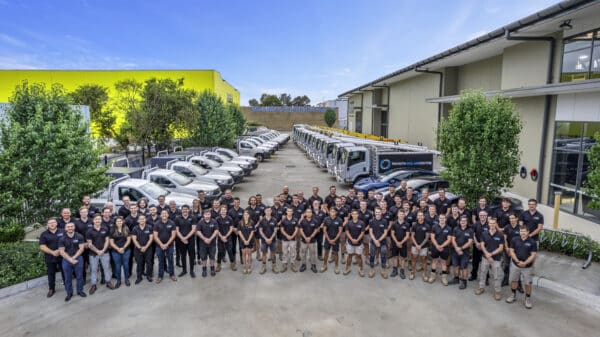
For more information on microinverter systems, check out the article What Are the Benefits of a Microinverter System.
